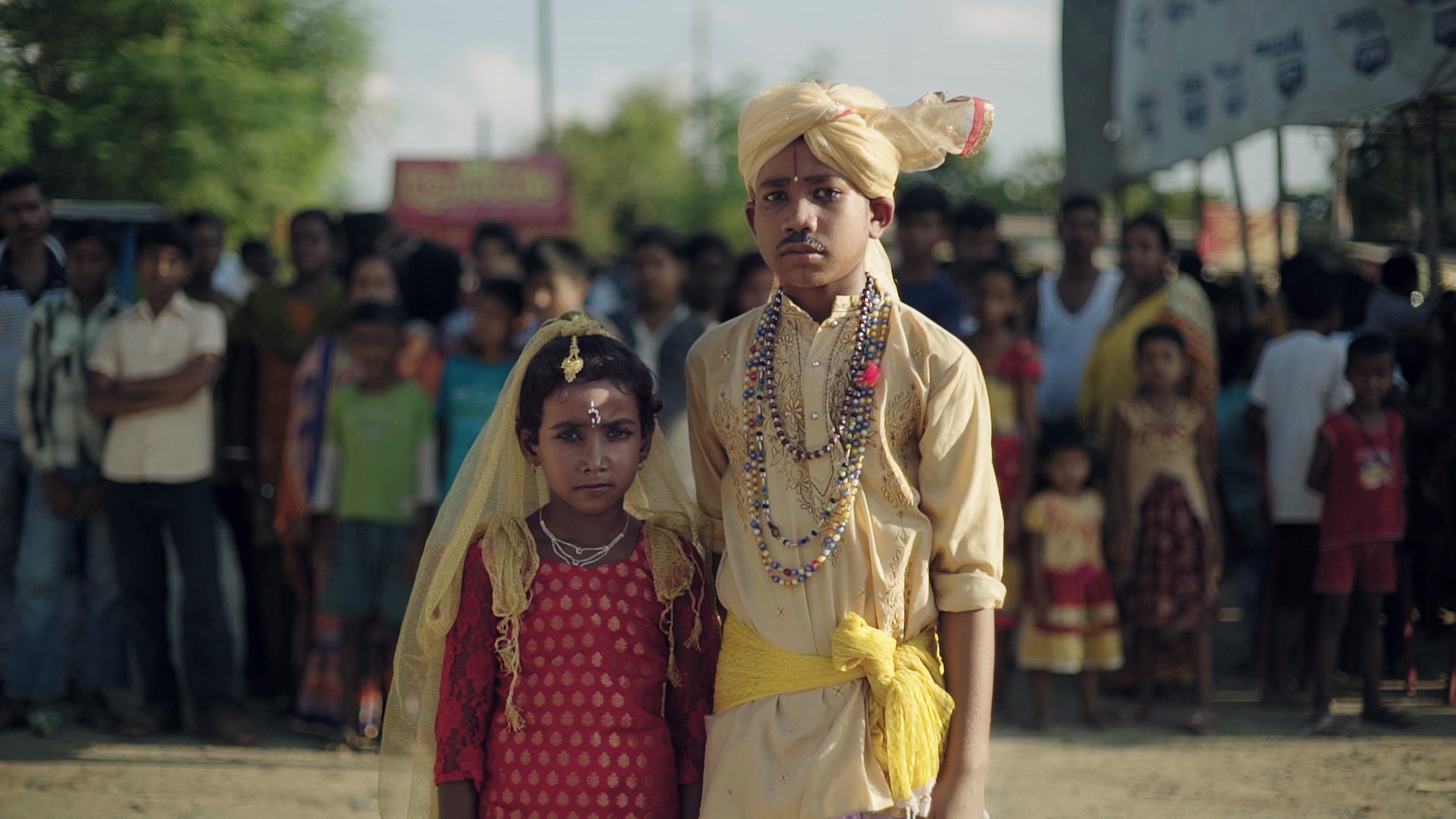[ad_1]
After the birth of her first girl child, Rakhi, in 2010, the taunts into vicious attacks. A year later, Khushi was pregnant with her second child. The family found out via sonography that it was a girl child. A few days later, Khushi slipped on soapy water, allegedly left on the floor by her sister-in-law, on purpose. “I was seven months pregnant,” she said. “And I fell belly-first.” The second girl child survived.
But it got worse. Her in-laws fed her spurious “herbal” medicines, sometimes after binding her with ropes. Those medicines, said Khushi, wrecked her health. They called shady priests who claimed to perform black magic, to “heal her”. Soon, her mother-in-law was using household items like giant steel vessels or leather belts to torture her. “My husband just used his bare hands,” said Khushi. In 2013, they threw Khushi, along with the daughters, out of the house. The younger one, Chanchal, was just a month old.

Today, Khushi works with a crisis centre called Gauravi, which provides help and shelter to survivors of violence in Madhya Pradesh’s city of Bhopal. Gauravi is a collaboration between the state government and international nonprofit, ActionAid Association.
Khushi requested VICE News to use a pseudonym for her for privacy reasons. “My family used to call me by this name when I was younger. It means happiness,” she said. “I no longer use it.”
According to a report released by the United Nations Population Fund early this year, one in three girls missing globally due to sex selection—both pre- and post-natal—is from India. This means that out of 142 million missing girls across the world, 46 million are in India.
For every 1,000 boys under six years of age, there are 918 girls in urban India, and 924 in rural areas, according to the latest population survey.
The preference for boys also means that Indian women often face enormous pressures, or face the consequences.
On Sunday, September 20, a man slit opened the stomach of his 35-year-old pregnant wife with a sharp weapon in the north Indian state of Uttar Pradesh.
She is said to be six to seven months pregnant, and the man—father to five daughters—was reportedly in a hurry to find out if it would be a boy this time.
The man was arrested. The woman is in a district hospital, and in a serious condition.
The visceral details of these stories highlight the violent culture and obsession with male children in India. Enough studies have shown how preference for male children is symptomatic of India’s deep-rooted patriarchy and gender inequality.
Sarika Sinha, Director of Policy, Campaigns and Communications, ActionAid Association, told VICE News that there’s not a month when her organisation does not come across violence on women because they gave birth to girl children or refused to get sonography to determine the gender of the child.
“This comes from a deep-rooted patriarchal system that thinks that girls are a source of impoverishment,” said Sinha, who also runs Gauravi, the crisis centre, in the city of Bhopal.
Under the current Medical Termination of Pregnancy law, pregnant women can seek an abortion until their 20th week of pregnancy after getting approval from two registered medical practitioners.
Sex selection, before or after conception, is prohibited in India, while the use of pre-natal diagnostic mechanisms such as ultrasound is strictly regulated.
Despite this, studies show that India has one of the highest female infanticide incidents in the world. Preference for boys is also one of the reasons for prejudice and violence against women.
While the existing laws have been criticised for being ineffective, data shows that the conviction rate for female foeticide is abysmal. According to government data, only 32 people were convicted out of 563 cases reported for conducting sex determination between 2011 and 2013
Last year, the release of birth data from 132 villages in the northern Indian state of Uttarakhand created shock waves. Not a single girl child was reported to be born between April and June 2019. Those that had births of girl children numbered in single digits.
Prabhat Kumar, Head of Child Protection at international nonprofit Save the Children, told VICE News that the preference for sons starts before the child is even conceived. “We know this through the studies done on women who were fed, sometimes forcibly, sex selective drugs with the notion that they will deliver a boy,” he said. “It boils down to gender-based discrimination and inequality.”
Studies show that many of these “indigenous” medicines cause long-lasting damage to women’s physical and mental health. It can also impact the foetus.
Gita Aravamudan, a journalist and author of Disappearing Daughters, an investigation into female foeticide, which released in 2007, told VICE News that in one case, a woman was pressured into taking one of these sex selective pills, only to later give birth to a boy with deformities.
Under the Indian government’s Cradle Baby Scheme, government-run hospitals and primary health centres are given cradles to receive unwanted newborns. Activists say that while the scheme is significant, implementation is a challenge. “Very few facilities have provisions for this scheme,” said Singh.
Activists who work on the ground also say that easy access to sex selection technologies has exacerbated the problem. Many are known to be run by quacks.
Sinha recalled mobile sonography centres going around announcing, “Spend INR 500 (US$ 6.8) now, and save INR 500,000 (US$ 6,803) later.” “The debate around having a girl child is projected around the demand and supply mechanism by referencing systems like dowry,” she said.
Aravamudan, who has been studying the issue of female foeticide since the 90s said that activists in the 70s and 80s had warned against technology that would be used to kill girl children. “In the 90s, when I started researching this subject, it was the elite and middle-class population who were the main culprits of misusing technology to kill girl children,” she said. “Today, it’s technology like DNA testing, which is a norm during IVF treatment. Only the rich go for it, but it’s slowly becoming a mechanism for the middle-class.”
Kumar said that one needs to address the circle of violence, which almost always starts from pre-conception. “We need to start working from there.”
Added Aravamudan, “Many women who aborted girl children have told me that it was either their child’s life or their own. This does not have an easy solution.”
Follow Pallavi Pundir on Twitter.
[ad_2]
Source link









